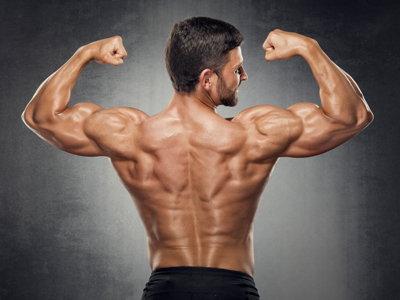
Unit 2 - Aerobic Respiration
The two forms of respiration - aerobic and anaerobic - are both looked at in GCSE Biology. This quiz focusses on aerobic respiration, in which glucose and oxygen react to release energy.
Respiration is the method that all living cells use to produce energy. There are two types of respiration, depending on the levels of oxygen available to a cell - aerobic if there is plenty of oxygen or anaerobic if the oxygen supply is insufficient. Aerobic respiration gives a greater yield of energy than anaerobic respiration. During aerobic respiration, glucose reacts with oxygen to release energy. The waste products are carbon dioxide and water which leave the cell and are eliminated from the body of the plant or animal.
Respiration occurs inside the the mitochondria of a cell and is actually carried out through a complex set of chemical reactions controlled by enzymes. Whichever way you look at it, respiration can be represented by the following equation:
glucose + oxygen → carbon dioxide + water (+ energy)
Ready for more?
not all...
quizzers. Try to win a coveted spot on our Hall of Fame Page.







